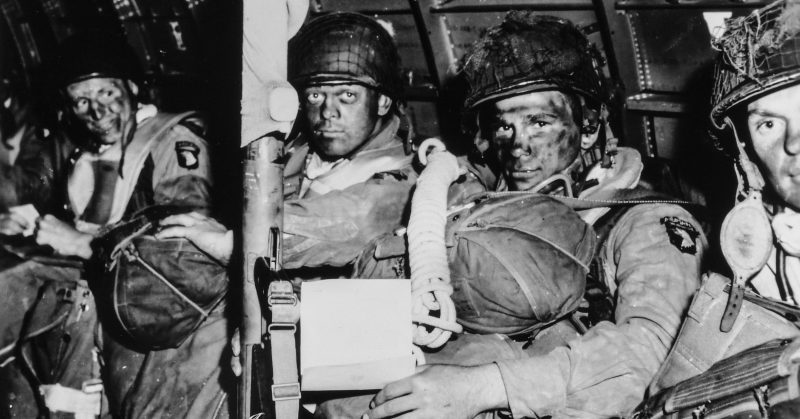The U.S. Airborne Division feared that Nazi forces would obtain the clickers, reverse engineer them, and then create their own clickers to lure Allied troops into traps.
June 6, 2019, marks the 75th anniversary of D-Day, the turning point in World War II. D-Day was the historic landing of Allied Troops at the beaches in Normandy, France, to begin the invasion of Nazi-occupied territory.
Countries and organizations are offering special ways to commemorate and honor the brave Allied soldiers who fought in the D-Day operations. One such effort involves collecting original small brass “clickers,” which U.S. Airborne soldiers used to communicate with each other.
Despite their very basic and unassuming appearance, the brass clickers are special for many reasons.
First, only a relatively small number of clickers were made. ACME Whistles, a manufacturer in Birmingham, England, produced 7,000 clickers in total. It only took six months for ACME Whistles to make all 7,000 clickers. ACME called the device the “470 Clicker.”
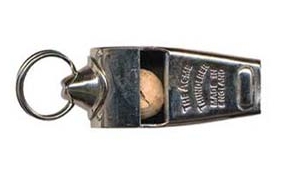
Second, the clickers were only used for 24 hours and were meant to be discarded. The U.S. Airborne Division feared that Nazi forces would obtain the clickers, reverse engineer them, and then create their own clickers to lure Allied troops into traps. So, the clickers were banned from use after the first 24-hour period.
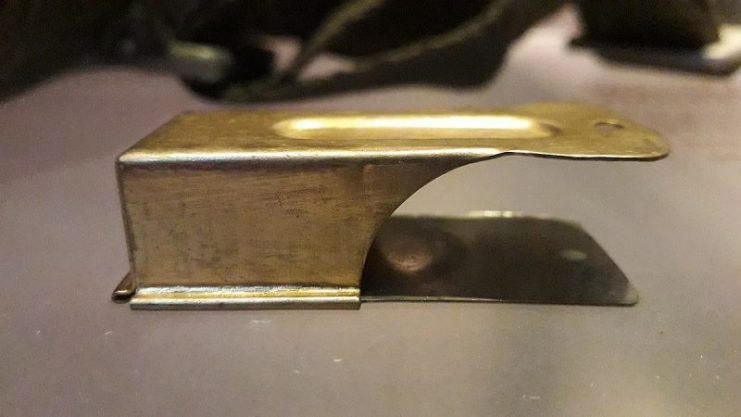
Third, and most importantly, the clickers were a vital piece of the 101st U.S. Airborne Division Paratroopers’ communications equipment during the D-Day operation.
The Airborne called the clickers “crickets” because of the device’s small size and the fact that the sound it made was reminiscent of how the common insect communicates with other crickets.
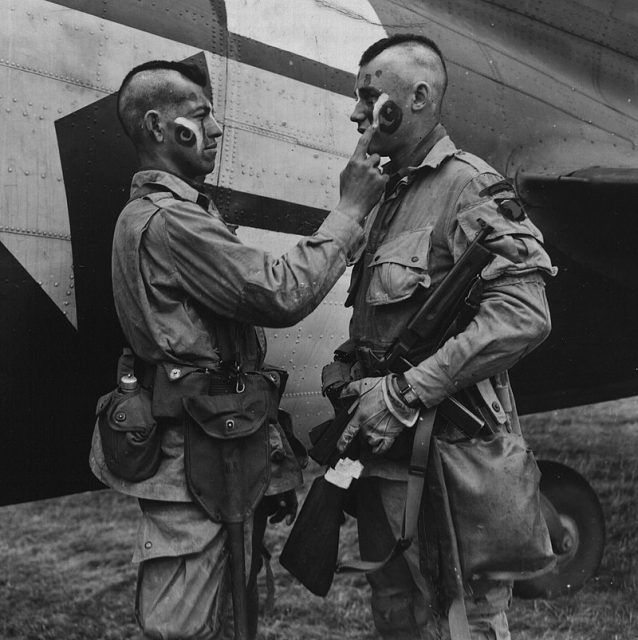
U.S. Airborne troops were dropped behind enemy lines during the middle of the night before the D-Day morning invasion. It was pitch black and nearly impossible to see where other Airborne troops had landed. The Airborne Troopers used the clickers if they thought they heard someone nearby.
One click on the cricket clicker was a way of asking the other person to identify if they were a friend or foe. If the other person responded with two clicks on his own clicker, that confirmed he was a friend.
The U.S. and Allied airborne paratroopers were a key component of the D-Day operations. During the early morning total darkness before the D-Day invasion, the U.S. 82nd and 101st Airborne units dropped over 13,000 paratroopers behind the beach where the Allied troopers would land.
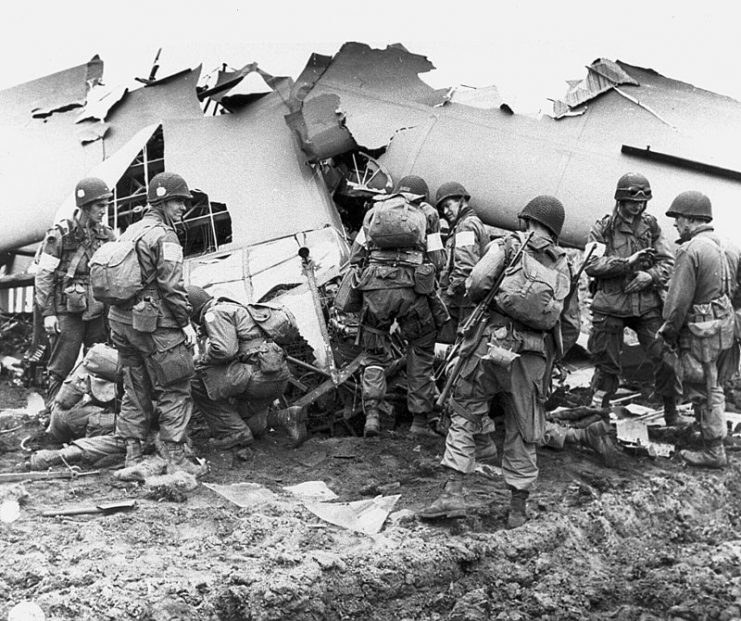
The British 6th Division paratroopers consisted of 7,000 men who were responsible for securing the bridges behind the eastern beach area.
These paratroopers succeeded in their crucial mission of isolating the German forces on the beach by cutting off avenues for substantial German reinforcements to bolster the beach units. The paratroopers also significantly disabled German communications abilities on the D-Day beach.
While doing this, the soldiers often had up to 200 pounds of gear consisting of rations, radio, primary and secondary weapons, ammunition, main parachute and secondary chute, life preserver, and other gear.
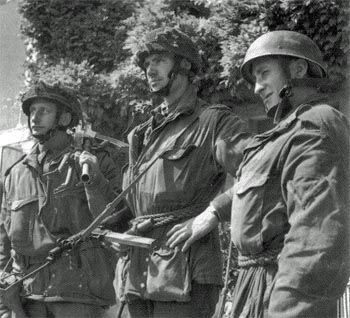
Due to fog, darkness, enemy troop movement, and the chaos of war, many of the paratroopers had to jump in extremely dangerous conditions, such as from 300 – 1,200 feet altitudes at a speed of up to 150 miles per hour. Typically, paratroopers are dropped from an altitude of only 600 feet and at an airspeed of only 90 miles per hour.
As a result of the conditions during the pre-dawn D-Day operations, many paratroopers were dropped at the wrong location; some were miles from their intended landing zones. The clickers were vital in helping them identify other Allied troops nearby in such conditions.
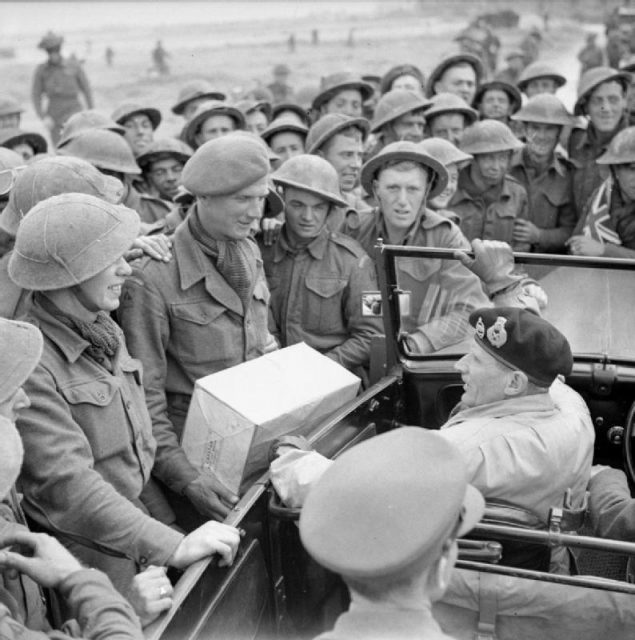
Many U.S. Airborne Paratroopers kept their clickers as a way to honor and remember the solidarity and bravery involved in D-Day operations.
Yet, according to Simon Topman, Managing Director of ACME Whistles, most of the clickers were lost, and nobody has ever contacted ACME Whistles to state that they have found an original cricket clicker.
Read another story from us: The Magnificent Seven – The Normandy Battlefields
There are many replicas on the market, but ACME Whistles wants to collect as many original clickers as possible for the remembrance celebrations.
To commemorate the 75th anniversary of the D-Day invasion, ACME Whistles will hold a special day for veterans, friends, and family who find and bring in original cricket clickers.
All of the contact information along with more info about the campaign can be found at acmewhistles.co.uk/lost-clickers-of-dday
If any person believes they possess an original ACME Clicker, they can contact the manufacturer’s point of contact, Ben McFarlane at: Ben.McFarlane@ACMEwhistles.co.uk
